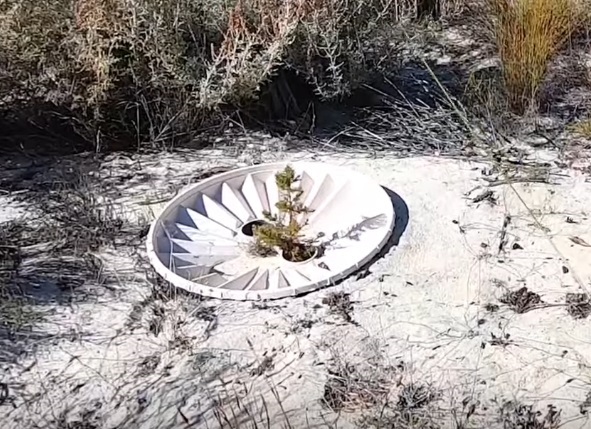Rika Du Plessis
The Clanwilliam cedar is an amazing plant. I have to believe that the efforts that we are putting in will, and is, showing results and it is making a difference.”
“Even a small difference is a difference.”

Conservation, Reforestation and Tourism
The rugged and beautiful Cederberg Mountains in South Africa’s Western Cape are named after one of the rarest trees on the planet. The Clanwilliam cedar lives nowhere else in the world. This iconic species originated up to 225 million years ago and survived the last ice age. But today it is critically endangered and its future hangs in the balance. For the past 17 years, conservation manager Rika du Plessis has been committed to saving the Clanwilliam cedar.
The Clanwilliam cedar is an amazing plant. I have to believe that the efforts that we are putting in will, and is, showing results and it is making a difference.”
“Even a small difference is a difference.”
